Aviagen Turkeys (ATL) held an exclusive 'Customer Open Day' giving a unique insight into a selection of techniques that are applied in the Aviagen Turkeys Breeding Programme, to breed the birds for the future.
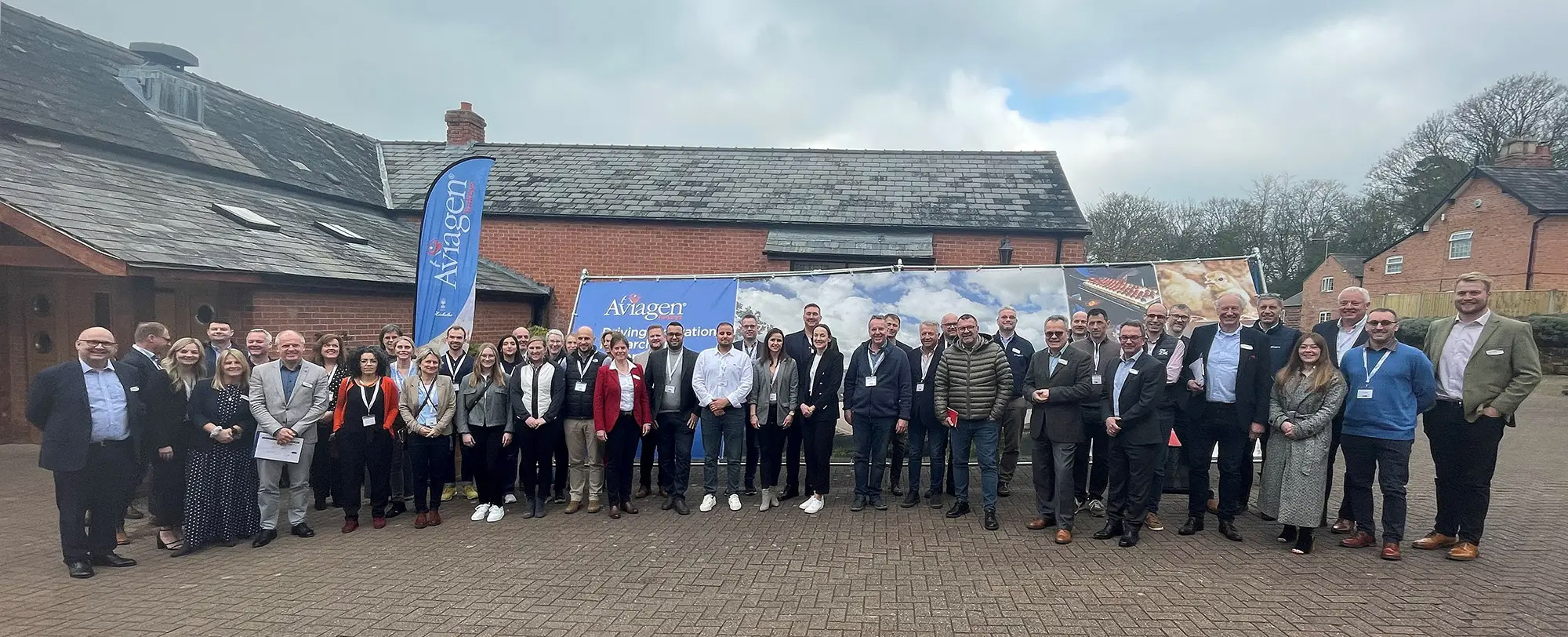
ATL welcomed many valued customers to the Customer Open Day. The event started on Tuesday 5th March with a drink’s reception and a private dinner at Carden Park Hotel. The evening was a great opportunity for everyone to socialise and network before the annual TSPC.
The event continued on Wednesday 6th March at Carden Park Hotel. Clay Burrows, Managing Director of ATL, kicked off the day with a welcoming presentation and demonstrated the new facilities, improvements and major projects that have developed for ATL, Le Sayec, Aviagen Turkeys Inc., Select Genetics and Aviagen.
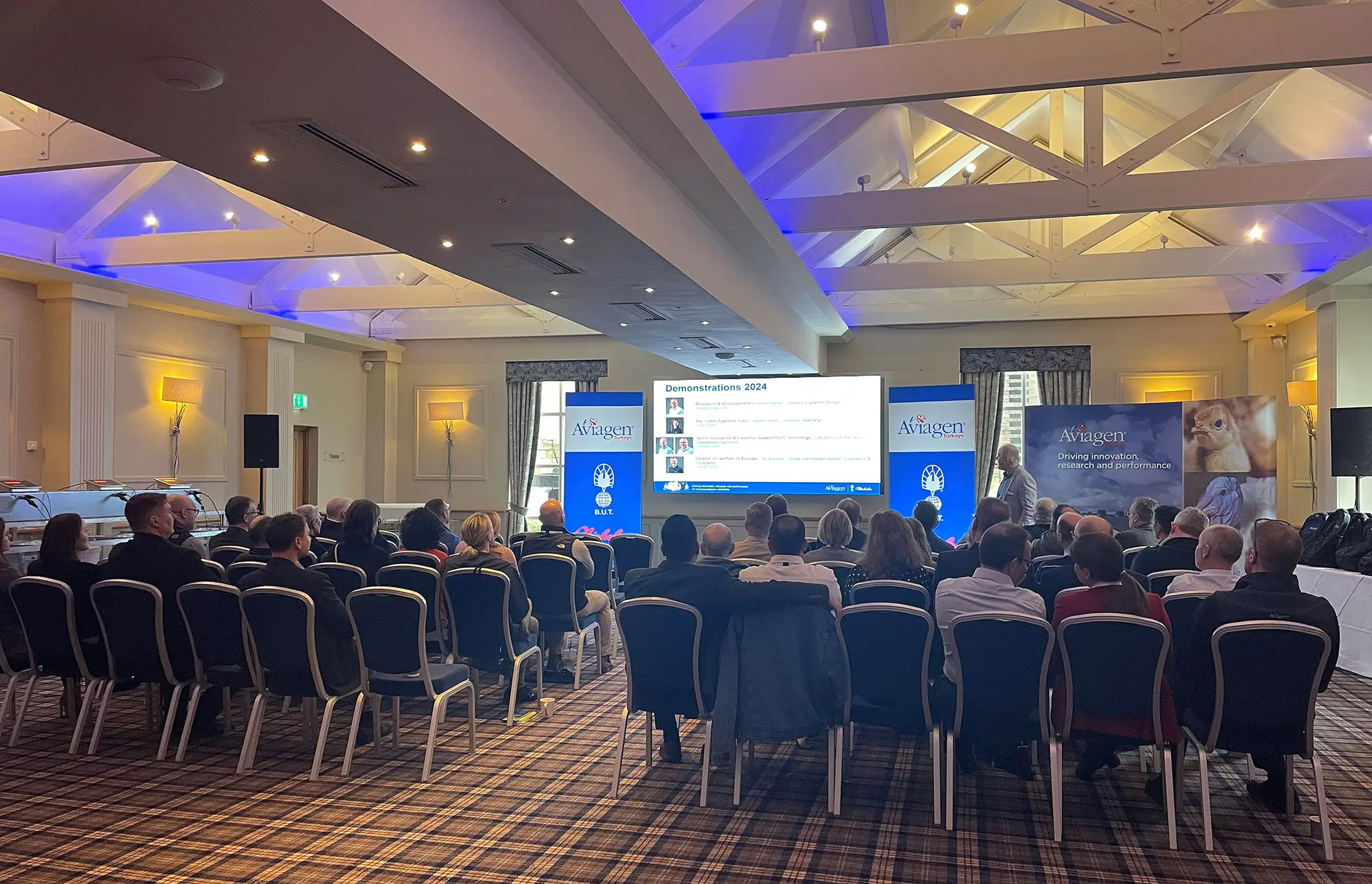
The customers were split into groups and taken around four different demonstration areas. This included a presentation from Dr. Valentin Kremer, Genetics Programme Manager. Valentin made the case that the programme of genetic improvement of any livestock species is “a numbers game”. He went ahead to demonstrate that our turkeys make no exception, showing how ATL collected every year on average about one million individual phenotypic data points, from the pedigree and the sib environments, to be used in the selection of the pedigree lines that contribute to each of our main commercial products. He presented the multitude of traits used as selection objectives in the breeding programme and the how the numbers of records have increased over the last four years to ensure a balanced selection and continuous improvement for the B.U.T. 6, B.U.T. Premium and Nicholas Select. As a final touch Valentin made an incursion on the relationship between the millions of phenotypic records and the billions of genomic data points and their combined use in genomic selection, leading to increased selection accuracy and ultimately added value for the benefit of our customers.
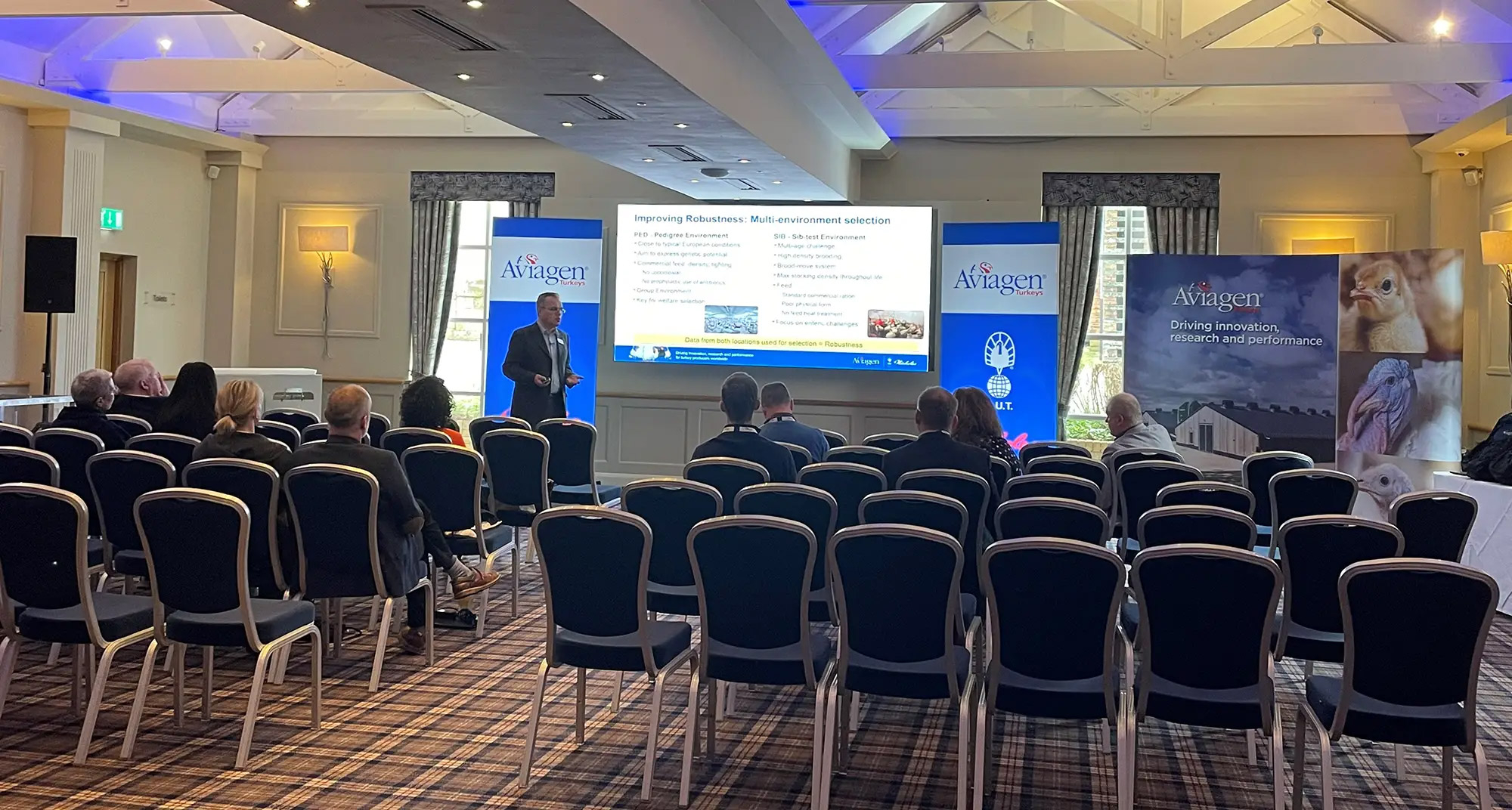
Dr. Wiebke Oellrich, Company Veterinarian, gave a practical demonstration on ‘The Turkey Digestive Tract’, showing anatomical preparations from turkeys’ digestive tracts she had prepared for the Open Day. Wiebke did this alongside a presentation covering the anatomy, development and developmental issues of the digestive tract and how these can have an impact on FCR, weight, breast meat yield, as well as egg production & quality. Covering all sections of the digestive tract, starting from the beak and then following through the whole length of the gut until reaching the cloaca, gave a great insight into how each area functions and the key roles these play.
Wiebke then went onto discuss what can go wrong and how the management of the turkeys can impact on the gut health; such as poor ventilation, feed quality, biosecurity and much more. Alongside the presentation were some detailed visuals of the turkeys’ digestive tracts at various ages ranging from 1-day-old to 18-week-old birds, giving a great understanding of the different anatomical parts.
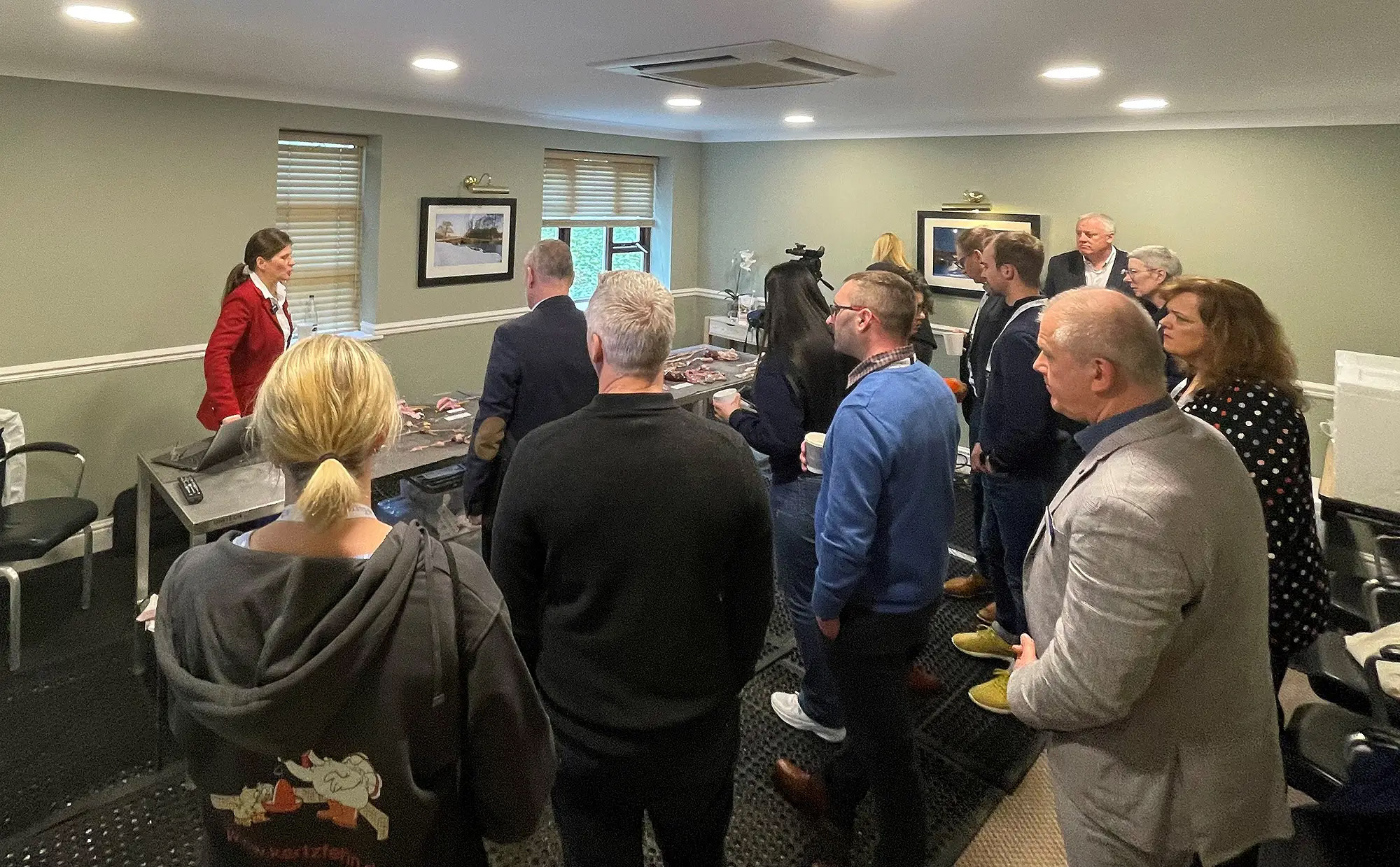
Luke Ramsay & Peter Hunt, Management Specialists, gave a combined presentation. This started with Luke discussing ‘Semen analysis, evaluation and trial outcomes’. He went into detail about different ways to analyse semen, including packed cell volume, haemocytometer and computer assisted semen analysis. Luke demonstrated how to carry out a visual motility assessment using the hanging drop method, showing videos of the different scoring that can be found. This then led to Luke discussing the different trials and results that have been completed so far. Peter Hunt went on to discuss the opportunities for ‘remote technical support’ which ATL are investigating with customers with the advantages of faster response times, reduced biosecurity risks and enhancing the level of customer support. Demonstrating the equipment, Peter went live to one of ATL’s pedigree farms to show how the technology is used and the type of help and support it can offer customers.
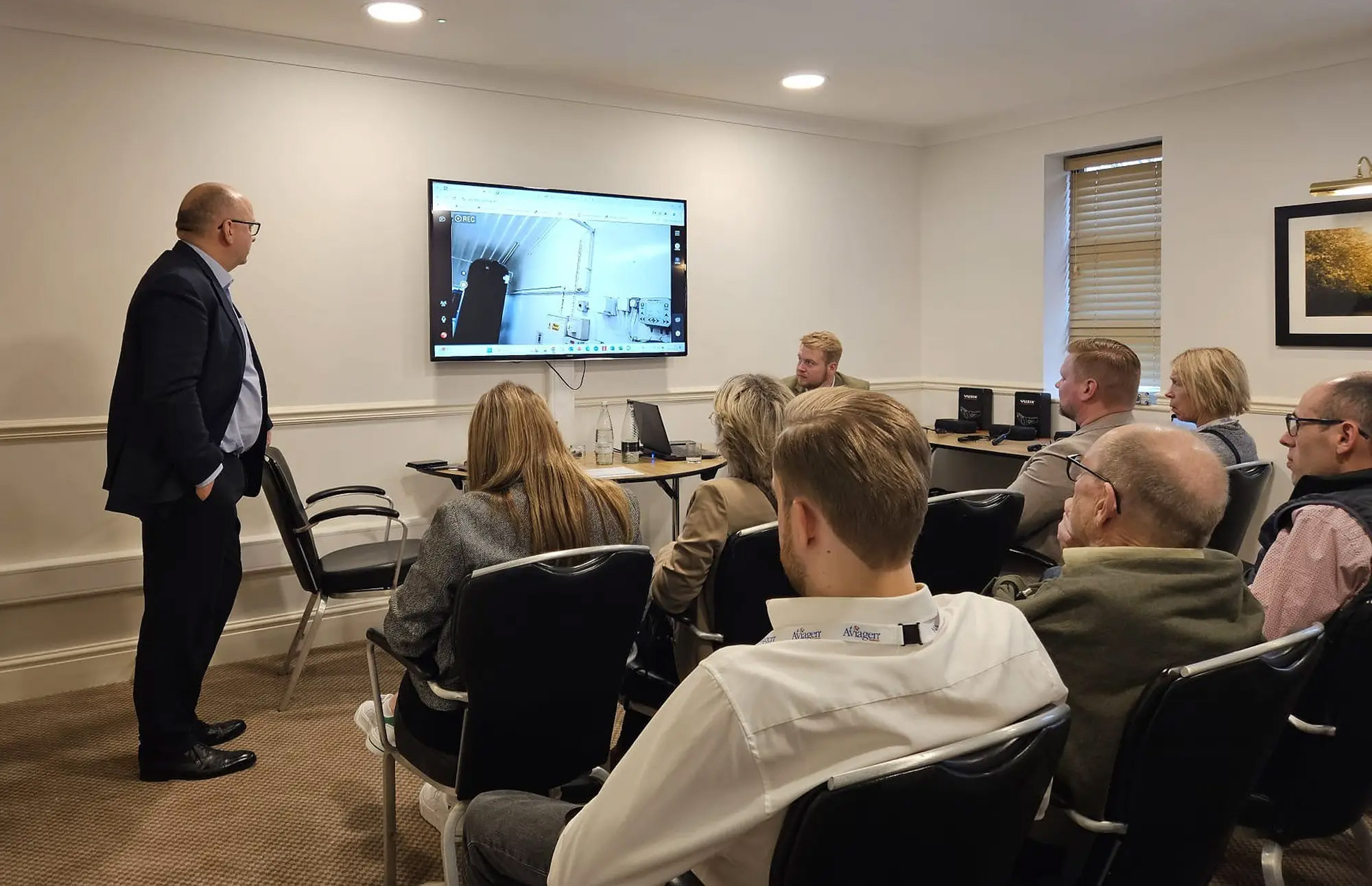
Tim Burnside, Global Vice President Welfare, Sustainability & Compliance, gave a presentation on ‘Welfare in Europe. Tim focuses on the European legislation and the attitudes towards welfare. The first part of the presentation included data from the Eurobarometer, and different statements given with the results from the different countries in the EU. Tim then went on to talk about the UK Animal Welfare Committee review of breeding and how DEFRA have instructed them to provide a report on the welfare implications of breeding and breeding technologies, which turkeys are within the scope. Tim rounded up the presentation, summarising how people want to know more about how their food is produced, how important shared values are in communication to establish trust and how the European Commission has proposed legislation on how animals are transported.
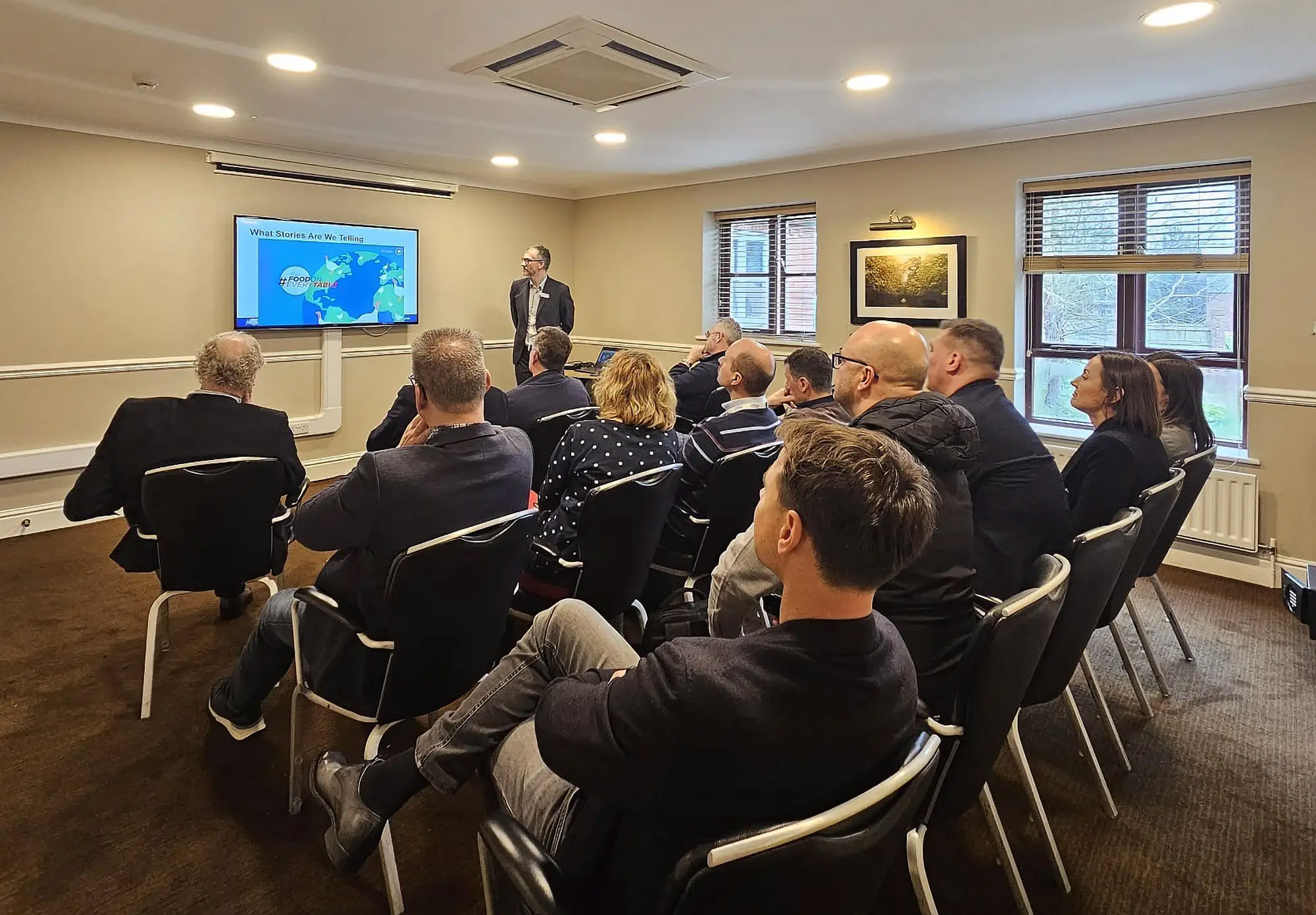
Customers were brought back together in the main conference room to experience a live stream to one of ATL’s pedigree rearing sites. Dr. John Ralph, Director of R&D, introduced the pedigree infrastructure, the positioning of the rear and lay sites and the global setup. A video outside of the farm was shown distinguishing all the key elements in place, including the single entrance, linked corridors, load cells on feeds bins, no vegetation around buildings and 100% internal self-sufficiency. Biosecurity features were also shown including the wheel wash and gated access, gutterless eaves and airborne fomites screening. Measures were taken out when building this site to reduce the environmental impact; this includes planting 28,000 trees around the site, recycling wastewater, installing solar panels and much more.
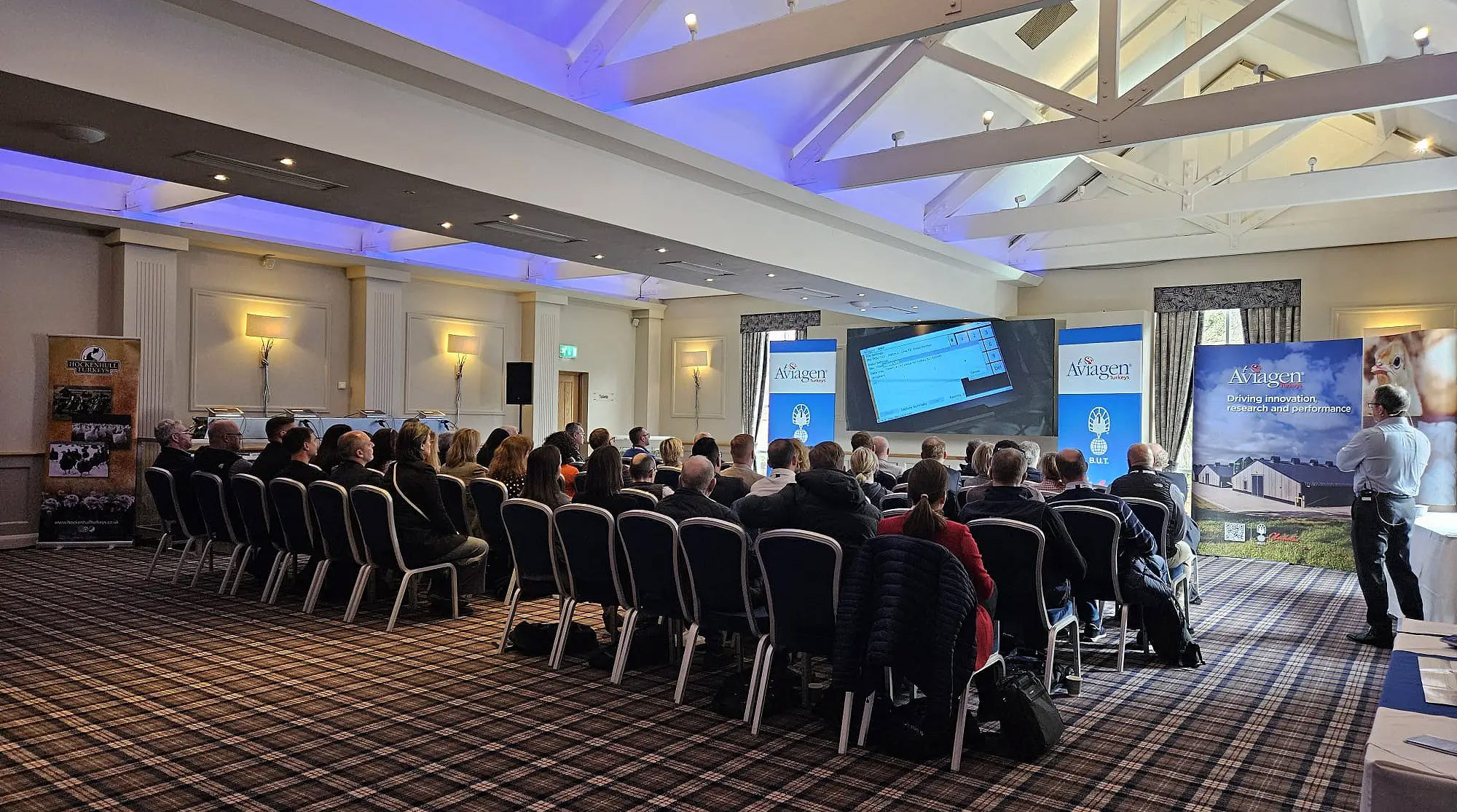
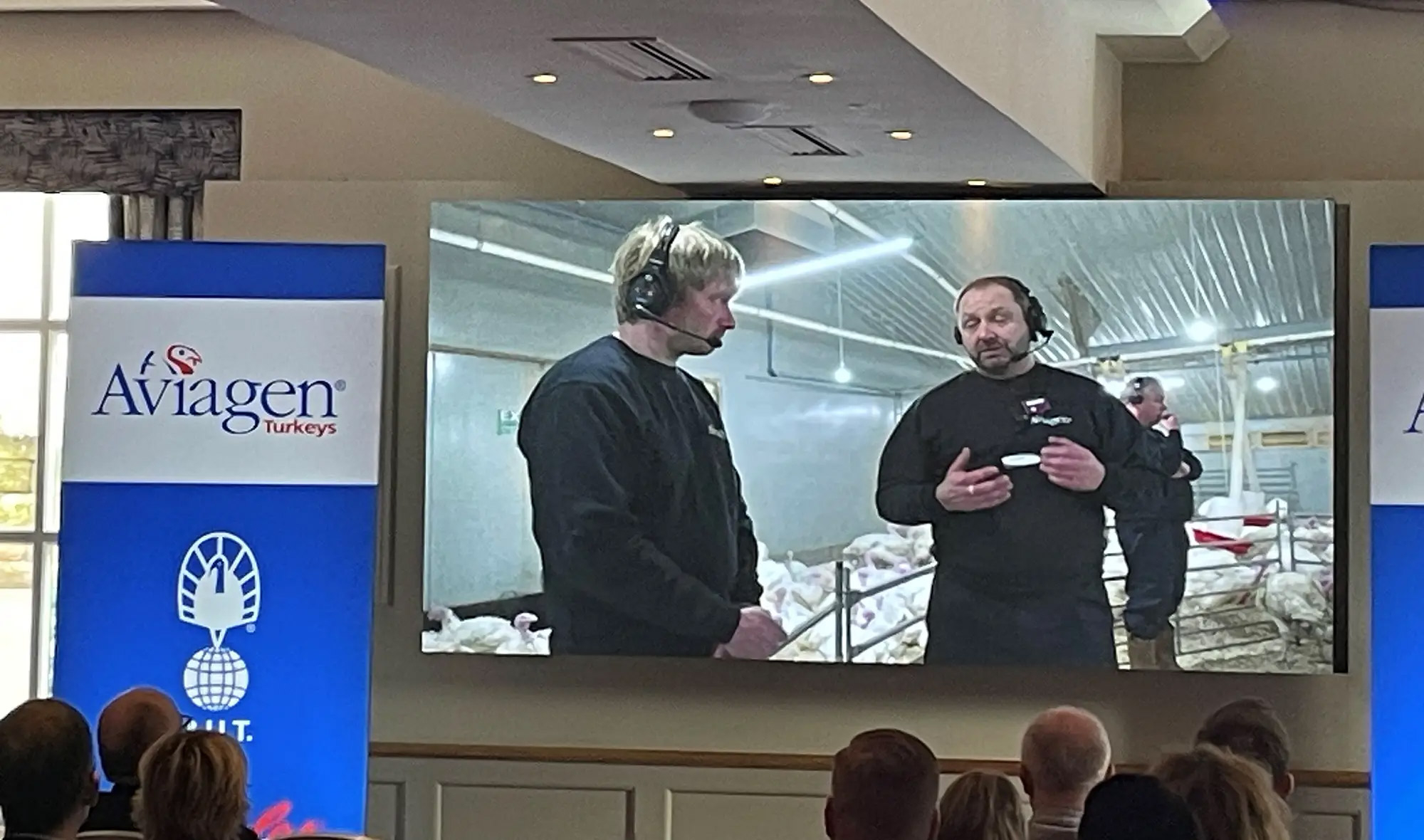
A live stream from an ATL pedigree rear facility to Carden Park has been organised with the help of the Maverick Live team. It began with an introduction to the staff on site, which between them have over 100 years of experience: Sam Jones, General Manager of Production, Pete Withe, Selection & FCR Manager, Ian Shaw-Pollard, Assistant FCR Manager, Ian Walker, Assistant Selection Manager. This took the form of an interview, with Sam asking the selectors questions about the selection process, data collection and various aspects of their work. Ian started with a presentation of the FCR stations, showing how they work and what happens to the data that is gathered on individual water and feed intake. Pete demonstrated the use of the Lixiscope (portable X-ray machine) to collect leg health data and the important safety aspects of the job. Ian then presented the gait-scoring process, where a number of birds were assessed for their walking ability, showing the different defects that can be detected.
The team then explained to Sam how gait-scoring can be one of the most difficult skills to learn when becoming a selector and how ATL ensures adequate training is provided. Pete explained that regular comparisons of scores take place and repeatability tests are performed for all selection traits to ensure selectors are providing accurate and consistent results. The final part of the live stream on the pedigree site was a demonstration of the comprehensive 18-week selection process. This includes footpad scoring for lesions and shape, breast fleshing, accurate weighing and marking of any defects the bird may have. Sam then discussed with the team how all the data is centralised and used by the genetic evaluation software to produce breeding values which are used by the geneticists to select the pedigree candidates that are transferred to the lay sites. Individually identifiable eggs are laid and finally incubated and hatched to produce the next generation of pedigree birds, and the cycle repeats.
Dr. John Ralph then introduced Paige Rohlf, Director of R&D ATI, USA who was at one of ATI’s sites in West Virginia. Paige gave a systematic guide on how they use the CT Scanning machine. This included showing how the bird is placed into the machine and once the results are gathered an accurate meat yield assessment can be made. The CT scan can also visualise the flesh on the turkey and skeleton.
The event finished with a short Q&A session between the customers in Carden Park and the selectors at the pedigree farm answering any questions about the selection process.
The Customer Open Day was a great success. ATL would like to thank their customers for participating in the event and hope they appreciated the insight into the workings of ATL’s breeding operations.
The remainder of the week was then spent at the 16th Turkey Science and Production Conference (TSPC), the leading meeting point for the turkey industry, which welcomed over 310 delegates. ATL continues to support and sponsor the event that aims to provide an opportunity for members of the turkey industry, suppliers and ancillary bodies to update on the latest scientific developments and production trends. ATL had three representatives presenting at the conference, which included:
Dr John Ralph, Director of R&D discussing ‘Achievements in breeding for turkey welfare and future challenges.
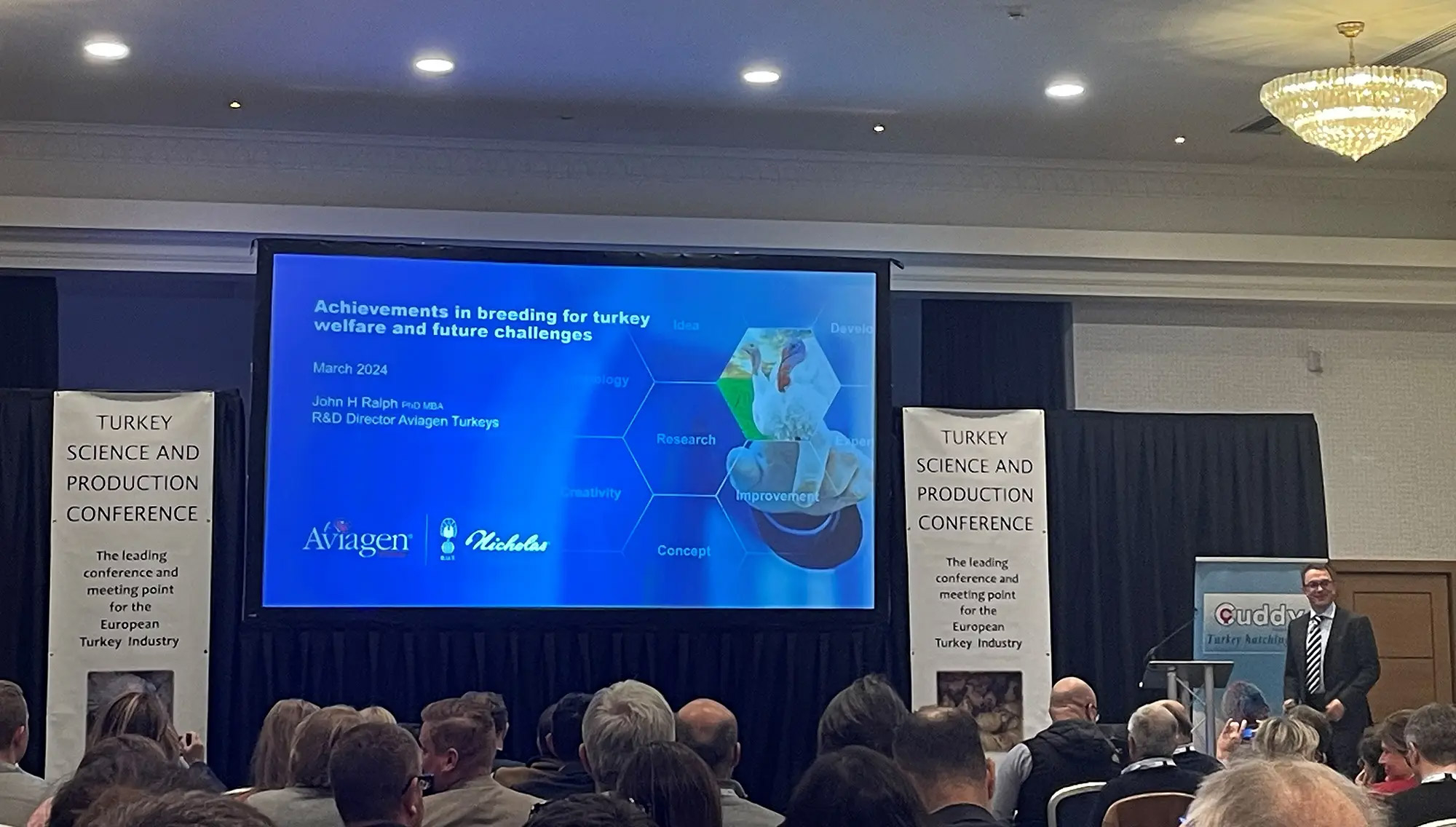
Hugo Camacho, Management Specialist presented ‘Turkey production in central and South America’.
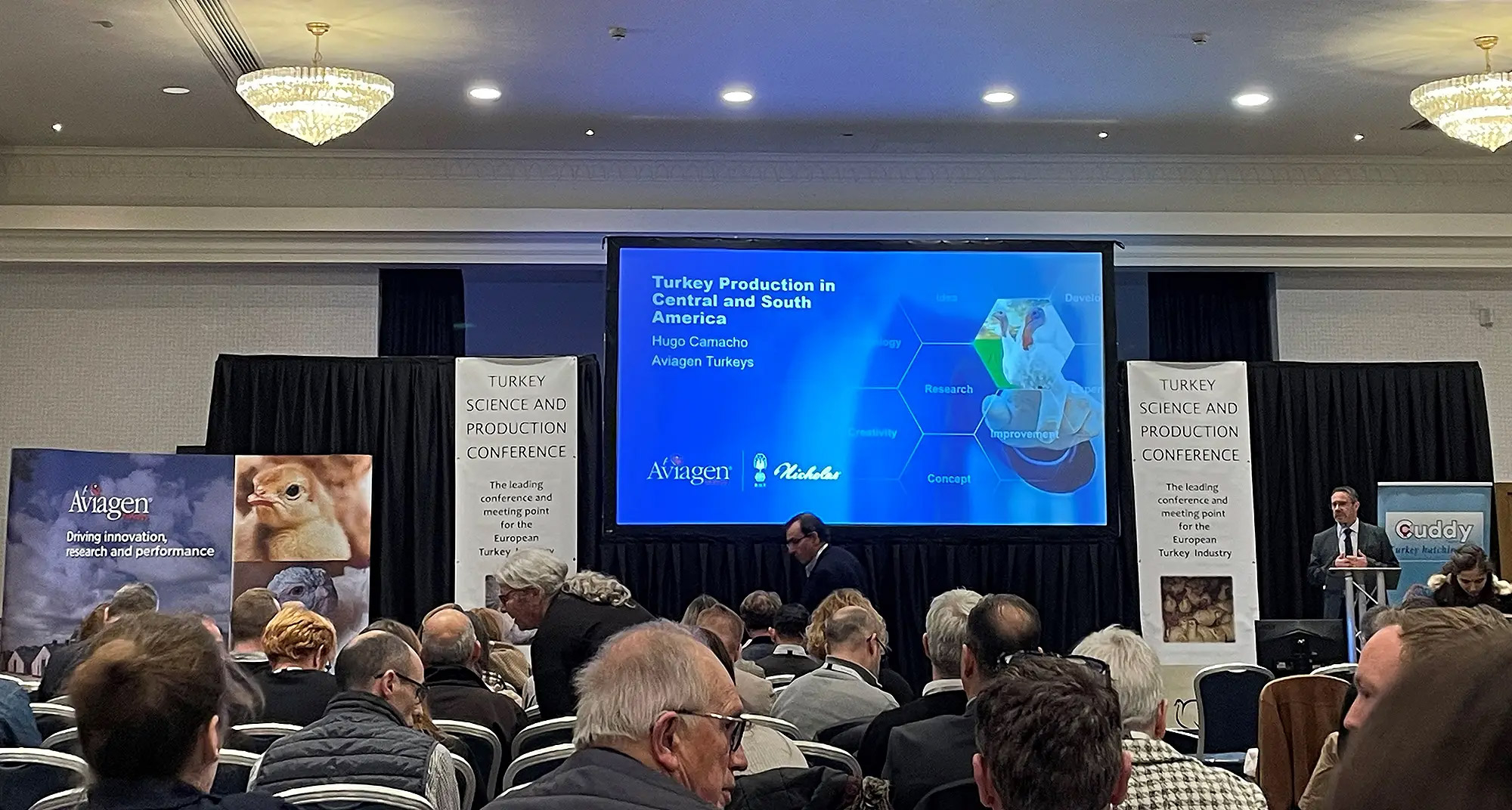
Dr Richard Bailey, Head of applied Physiology, presented ‘Unravelling the intestinal microbiota within the turkey selection environment’
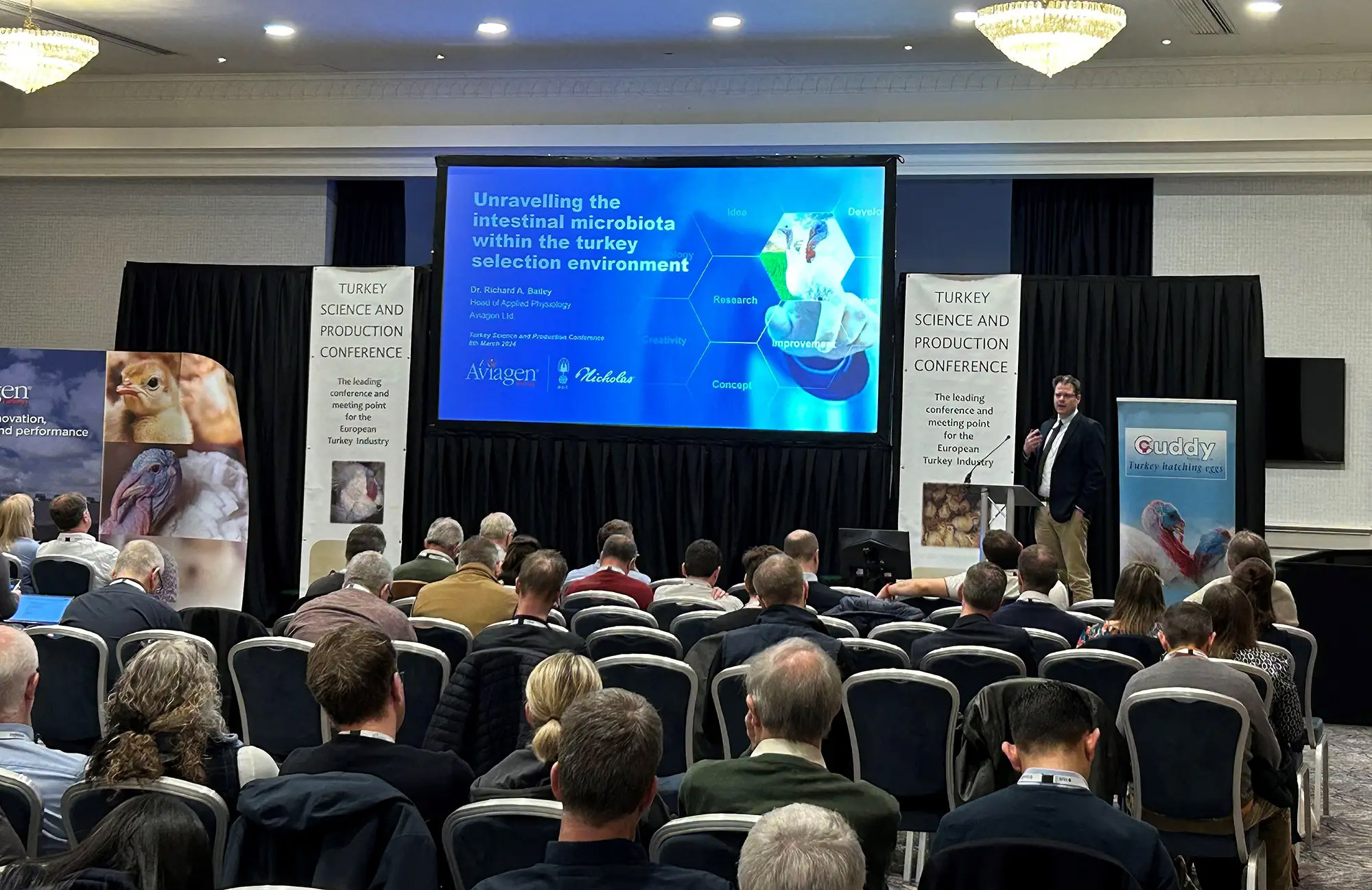
The whole week was a huge success and a great opportunity to network with everyone involved in the turkey industry.
